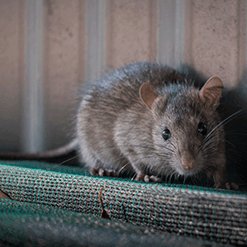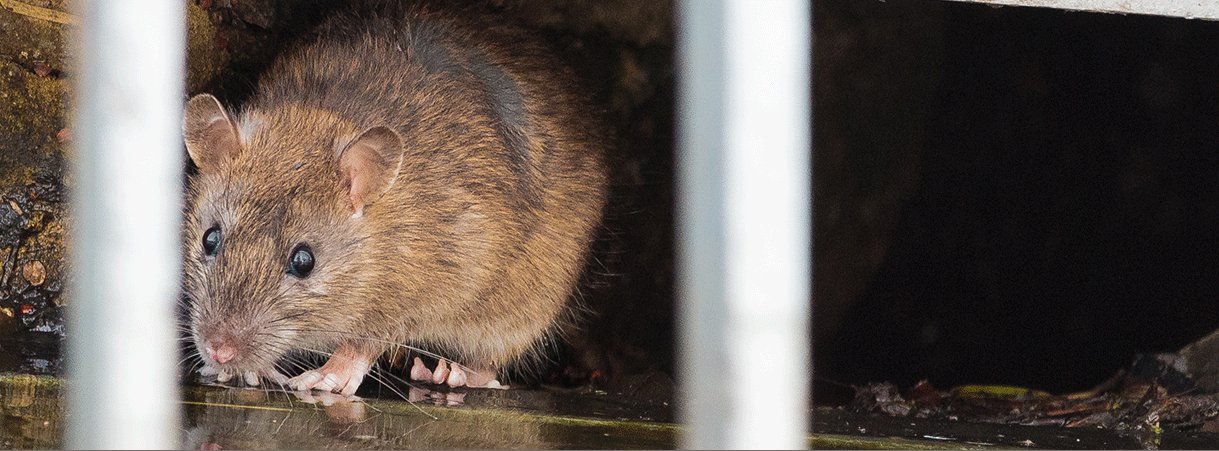Having a rat problem with roof rats, Norway rats or brown rats in your home is a horrible experience. However, it is almost as bad if you spot them outside. In the yard or garden, they will not only contaminate and damage your flowers, vegetables, and plants but can also be a danger to your family and pets.
Additionally, in the winter months, rodents will be drawn to enter your house in order to seek warm shelter and food. Rats, like other rodents, are well-known to spread infectious diseases and cause damage to wooden structures and cables. They are also known to reproduce incredibly quickly, having an average of a dozen offspring every month. Acting quickly to avoid an invasion of rats and mice is necessary to protect your home and health.
There are three steps you need to do to protect the outside space of your home to be free from rats.




